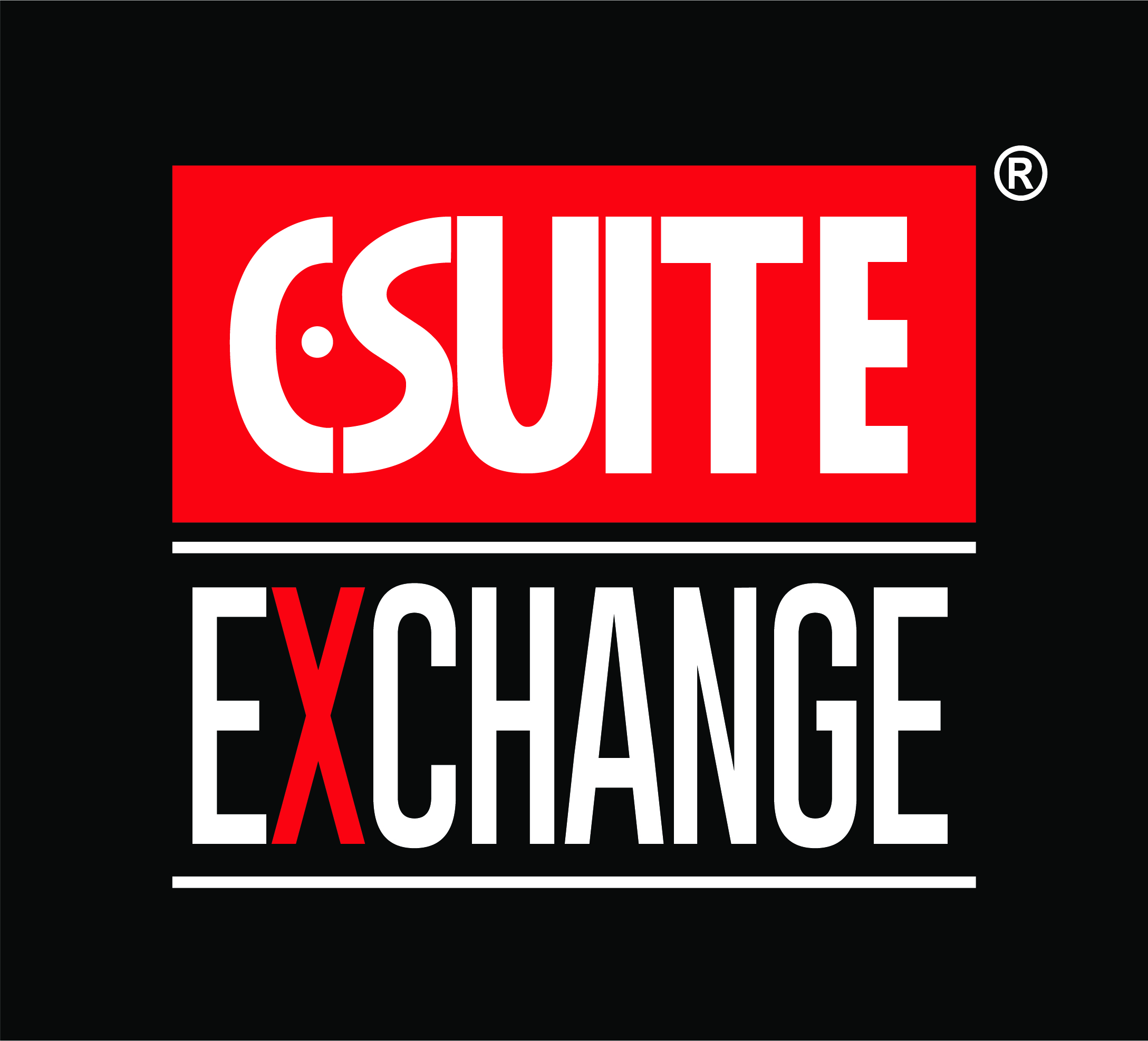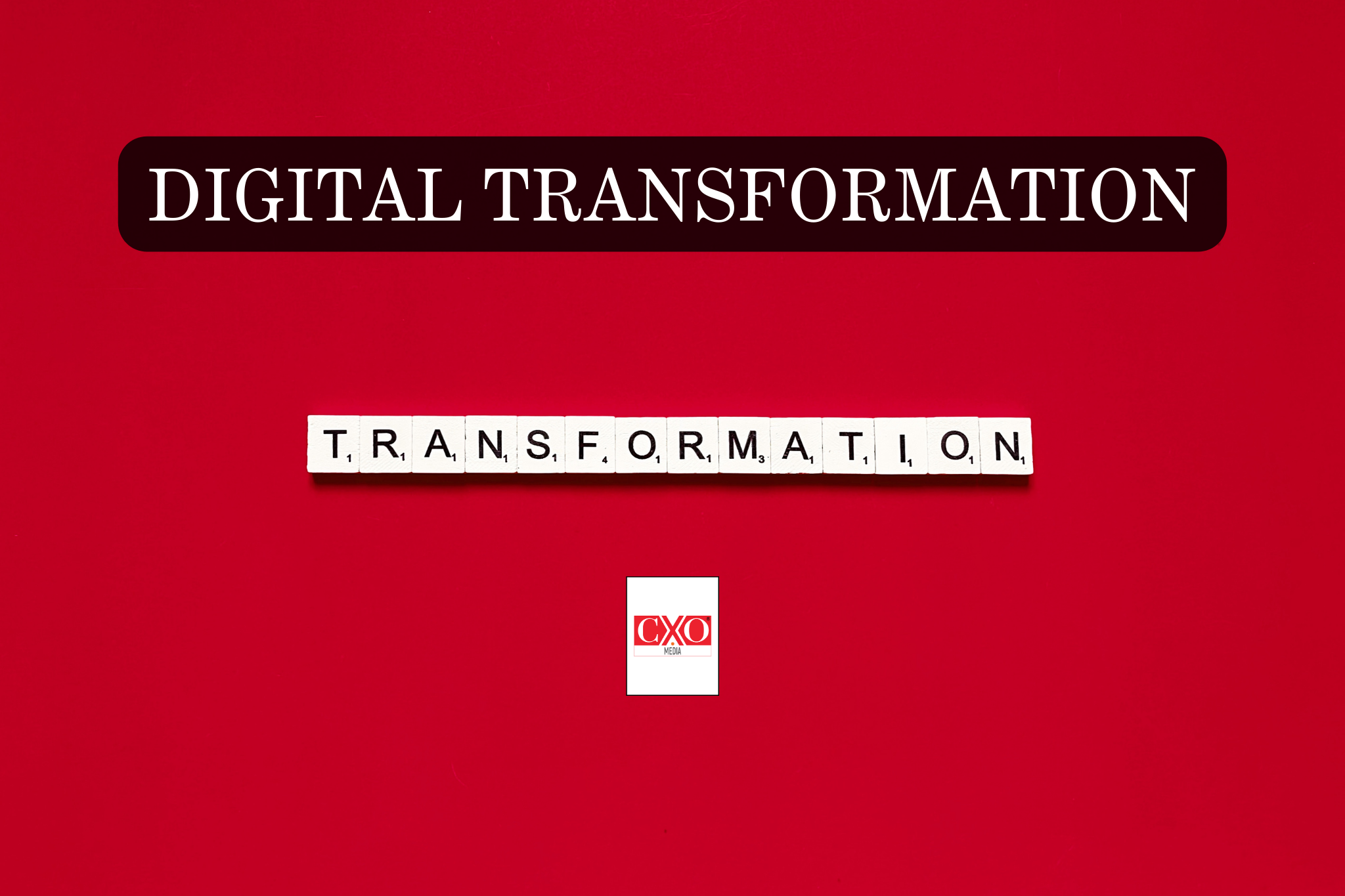If there’s one issue that technology executives are addressing with renewed vigor, it’s the mitigation of technical debt to enhance operational efficiency and streamline their technology infrastructure. The factors driving the sense of urgency around this issue are evident. In a digital landscape characterized by escalating complexity and uncertainty, technology leaders are focusing on technical debt because they cannot afford to let their organizations be hindered by the unforeseen complexities and escalating costs associated with technical debt. Eliminating technical debt to liberate resources and drive expansion has become a paramount objective. This shift in leadership mindset reflects a recognition that inaction or a reactive approach is inadequate and will no longer be tolerated as a viable business strategy. Many technology executives are striving to overcome obstacles in this area and learn practical steps to confidently resolve their technical debt challenges. As with many challenges, a good starting point is asking the right questions. Here are some key questions to ask on your journey to managing technical debt.
Assessing the Impact of Technical Debt
In the past, technical debt has not been adequately prioritized by many IT organizations. Business leaders have not fully grasped the implications, and technology leaders have not effectively communicated the challenge to the business. Successfully managing technical debt necessitates cultural transformation, and the first step toward this change is asking two related questions that highlight technical debt’s impact on business objectives:
- How is technical debt (and obsolescence) affecting our overall business growth and revenue?
- How are we addressing and prioritizing this issue in our technology investments going forward?
Once business leaders comprehend the magnitude and consequences of technical debt across the organization, they will be able to address it more strategically and consistently.
Evaluating Technical Debt-Related Risks
Outdated application development and deployment practices, or antiquated or legacy IT systems, can pose specific risks to certain aspects of the business. To comprehend these risks, executives must quantify and qualify the potential for technology to severely impede or overwhelm the business. To understand these risks, you must first ask two key questions:
- What is the financial exposure if a system fails?
- How is technical debt in specific areas (martech, fintech, etc.) impacting the ability to innovate, respond, and compete?
Cultivating a Culture of Continuous Improvement
Addressing technical debt is not a discrete project. It’s a long-term strategy that necessitates adopting a culture that supports both technical and operational excellence. It’s a mindset ensuring that technology remains a valued asset and isn’t viewed as a temporary solution (using technology as a short-term fix can quickly exacerbate technical debt). The key questions to ask to achieve this include:
- How are we aligning the prioritization of empowering our people and technology modernization with our business strategy?
- Is this transparency evident across operations and fostered within our teams?
Managing technical debt can be a challenging but essential aspect of your broader technology strategy. Answering these key questions will help you comprehend the extent of technical debt in your organization and implement strategies to address it.





